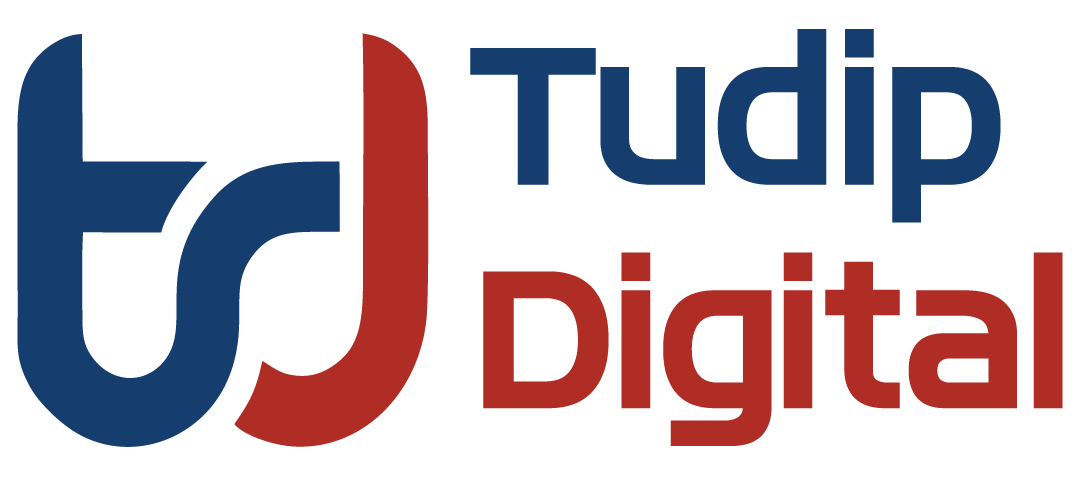Using Kubernetes Workload Identity for client-server authorization

Kubernetes service accounts are always the primary identification method in the Kubernetes clusters. To make the use of this identity system in an easier way for application developers, the mechanism can be made more transparent to both the client and the server. Read our blog to know more about how to use Kubernetes workload identity for client-server authorization.
Introduction to Anthos and its features

Anthos is an open Google cloud platform that lets you run your application simply anywhere. Simple, Flexible and Secured. It is a hybrid function generally available both on Google cloud platform(GCP) with Google Kubernetes Engine(GKE). Read our blog to know its features and its functionality in detail
Introduction to Cloud Run and its features

Google Cloud provides the facility to pay only for those resources which you use and we all probably know this but what if it saves your time too? Read our blog and know more about Cloud Run and its features.
GKE or Cloud Run: which should you use?

When you want to use managed Kubernetes services, Google Kubernetes Engine (GKE) is the most suitable option for a container orchestration platform. GKE will give you complete control over orchestration of containers, from networking to storage. However, Cloud Run is available in two flavors: One as a fully managed Google Cloud service, and other as a Cloud Run for Anthos. Read our blog and see which one you should use, GKE or Cloud Run?When you want to use managed Kubernetes services, Google Kubernetes Engine (GKE) is the most suitable option for a container orchestration platform. GKE will give you complete control over orchestration of containers, from networking to storage. However, Cloud Run is available in two flavors: One as a fully managed Google Cloud service, and other as a Cloud Run for Anthos. Read our blog and see which one you should use, GKE or Cloud Run?
Services in Kubernetes

In this blog, we have clearly explained, Types of Services in Kubernetes, Why do we need Services with valid examples. Read our blog and understand these things in depth.
How CI/CD pipeline works with Kubernetes?

Kubernetes is a portable, extensible open source platform for managing containerized workloads and services, that provides both configuration and automation…
Running dedicated game servers in Kubernetes Engine

In the world of distributed systems, scaling and hosting dedicated game servers for online, multiplayer games is challenging. It’s not surprising that for game server scaling is usually done by proprietary software…
Deep Understanding of Kubernetes Environment

Kubernetes is an open-source container orchestration tool that can automate scale, distribute and manage fault tolerance on containers in the event of a failure in the component. Kubernetes is originally created by Google and then donated to Cloud Native Computing Foundation.
Introduction of Kubernetes on Google Cloud

Kubernetes is originally designed by Google and donated to the Cloud Native Computing Foundation(CNCF), written in Go language. It is a container management tool, which manages container deployment, container auto-scaling, and…
